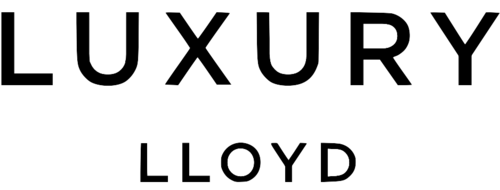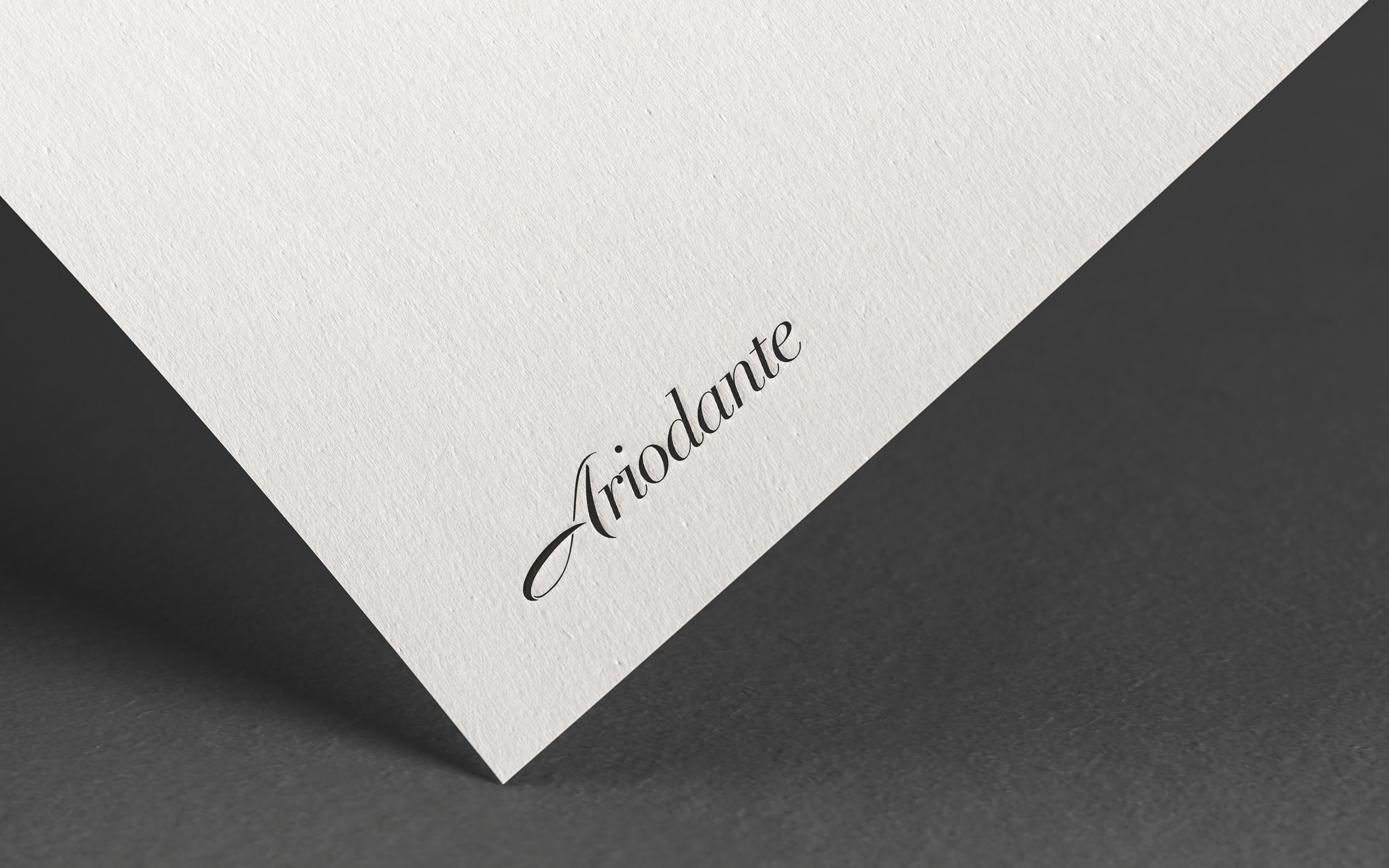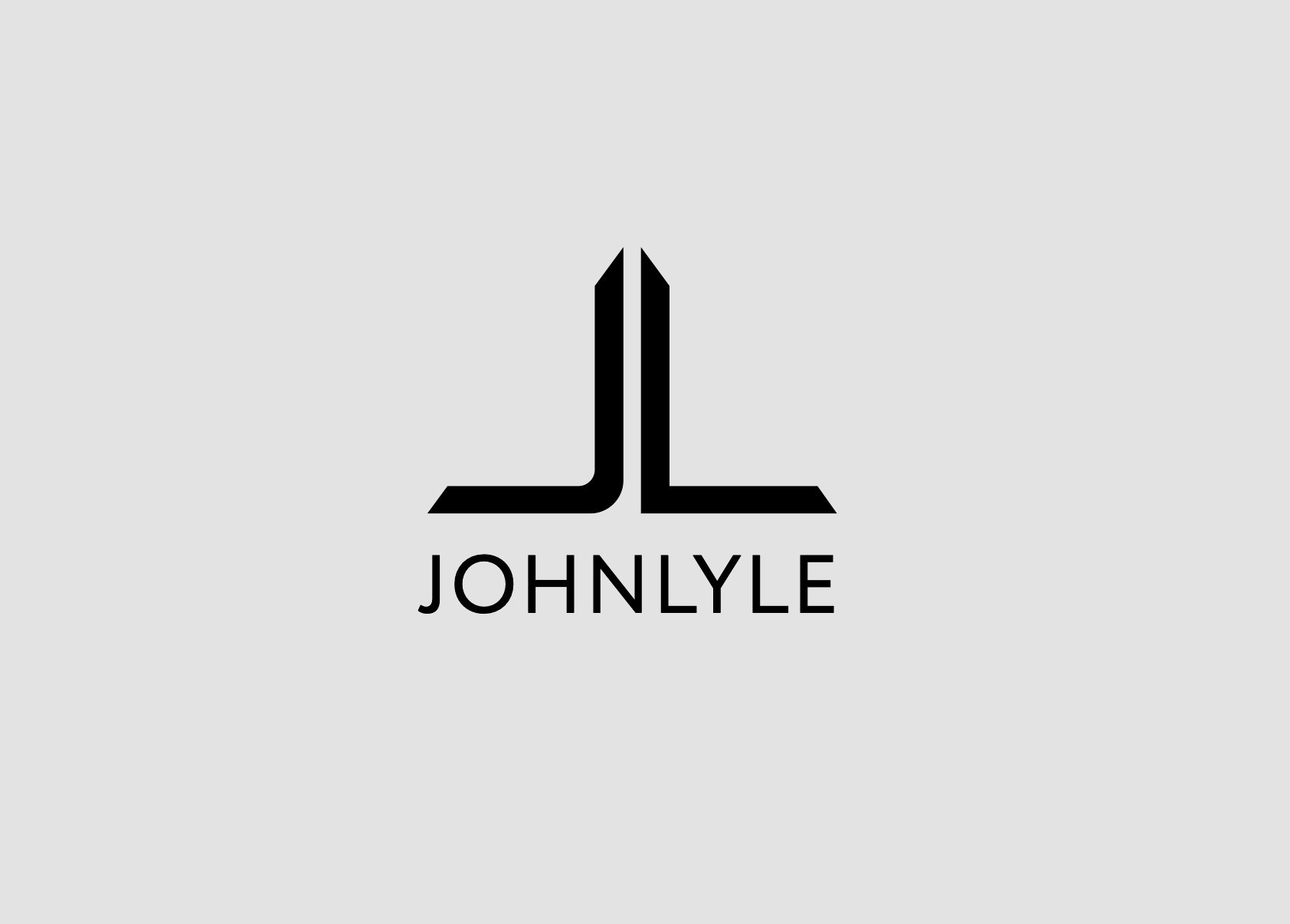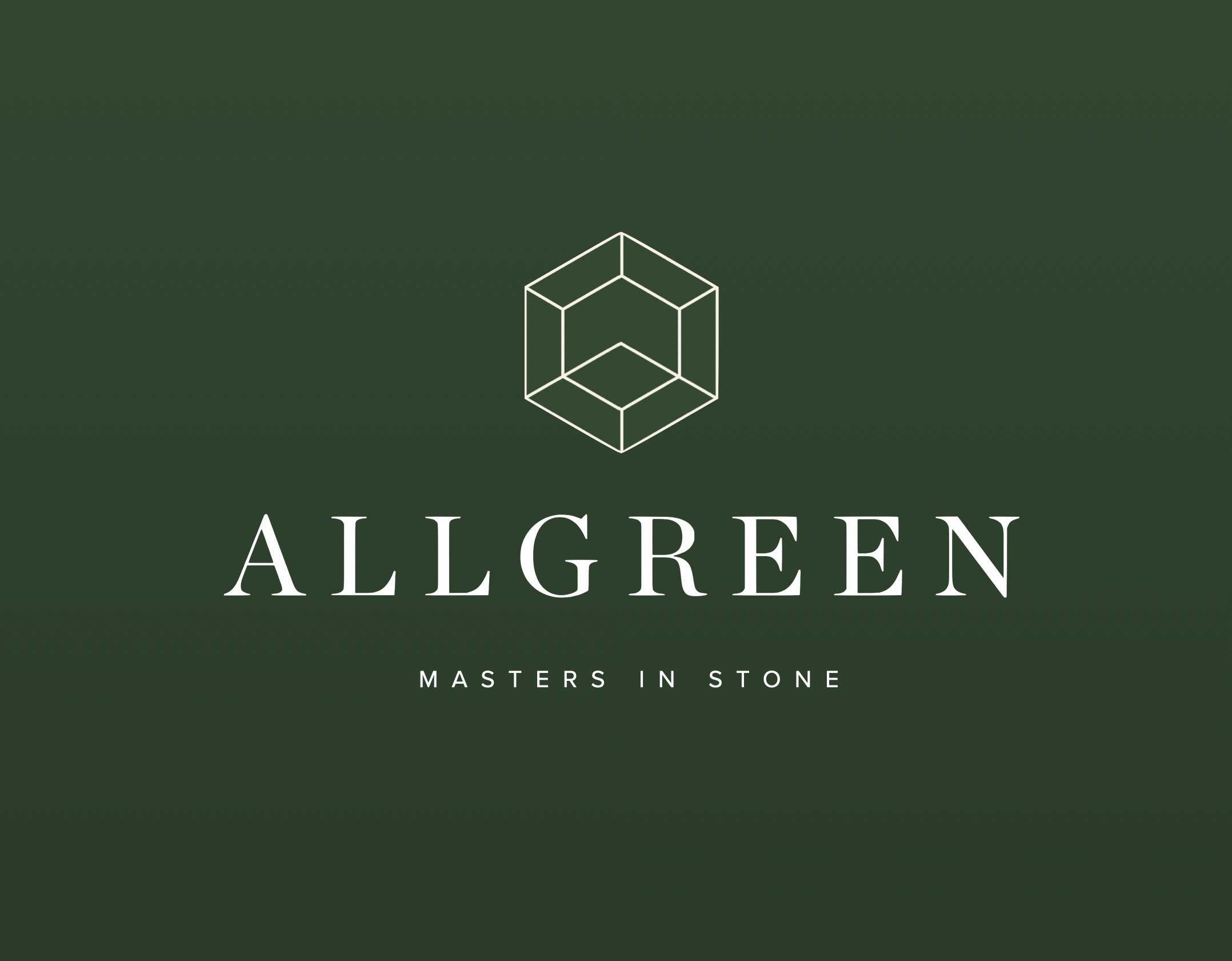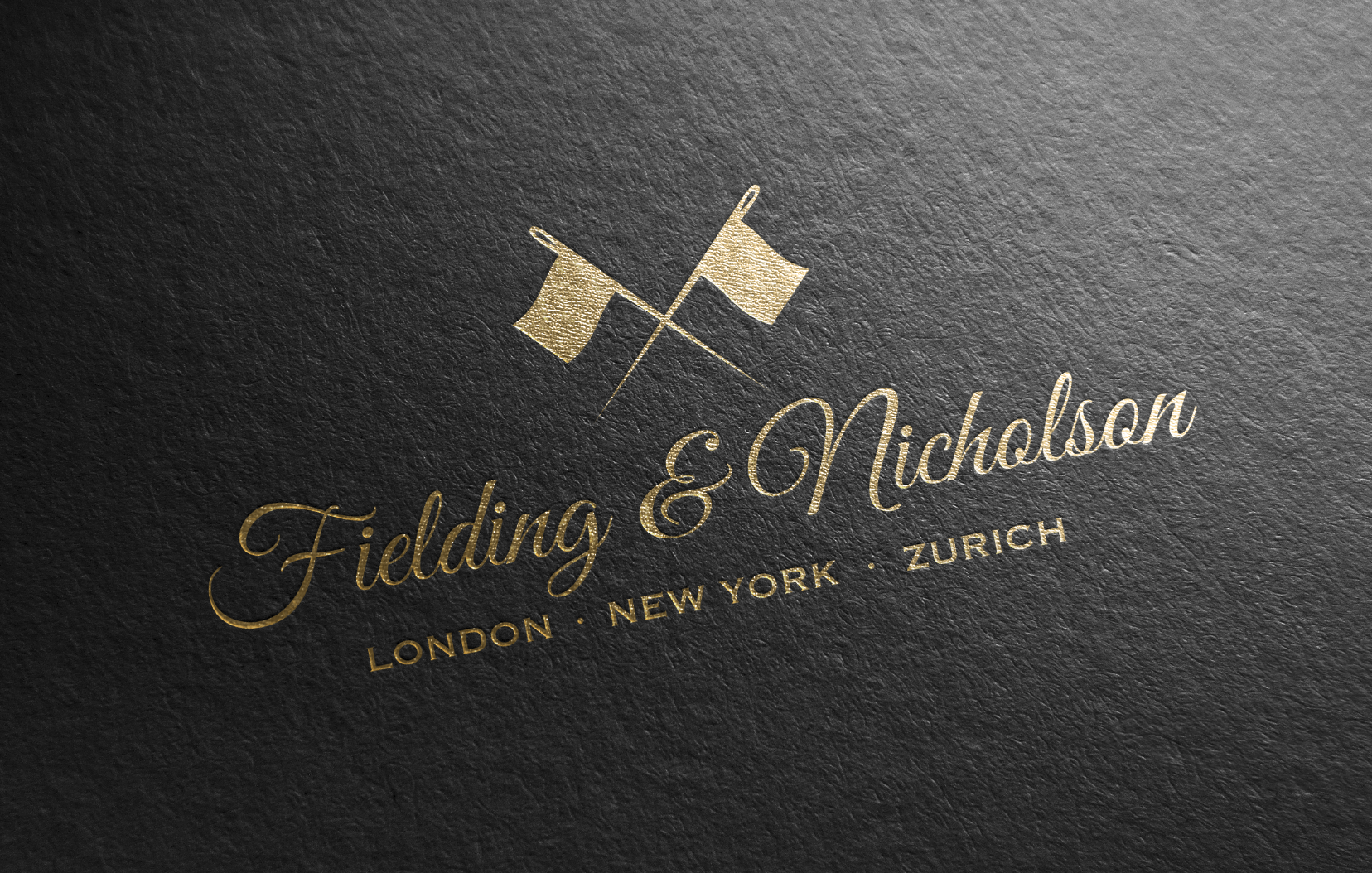luxury branding
Why buy a Rolex when you can buy a Seiko fifty times cheaper? Both are beautiful. Both are accurate. Yet only one transmits ultimate prestige, power & success. And that’s what your customers really want. Not a watch that tells the time.
We can help you define and evoke the emotions your customers crave, to create a truly irresistible and unmistakable luxury brand. Here are some examples of our luxury branding work.
